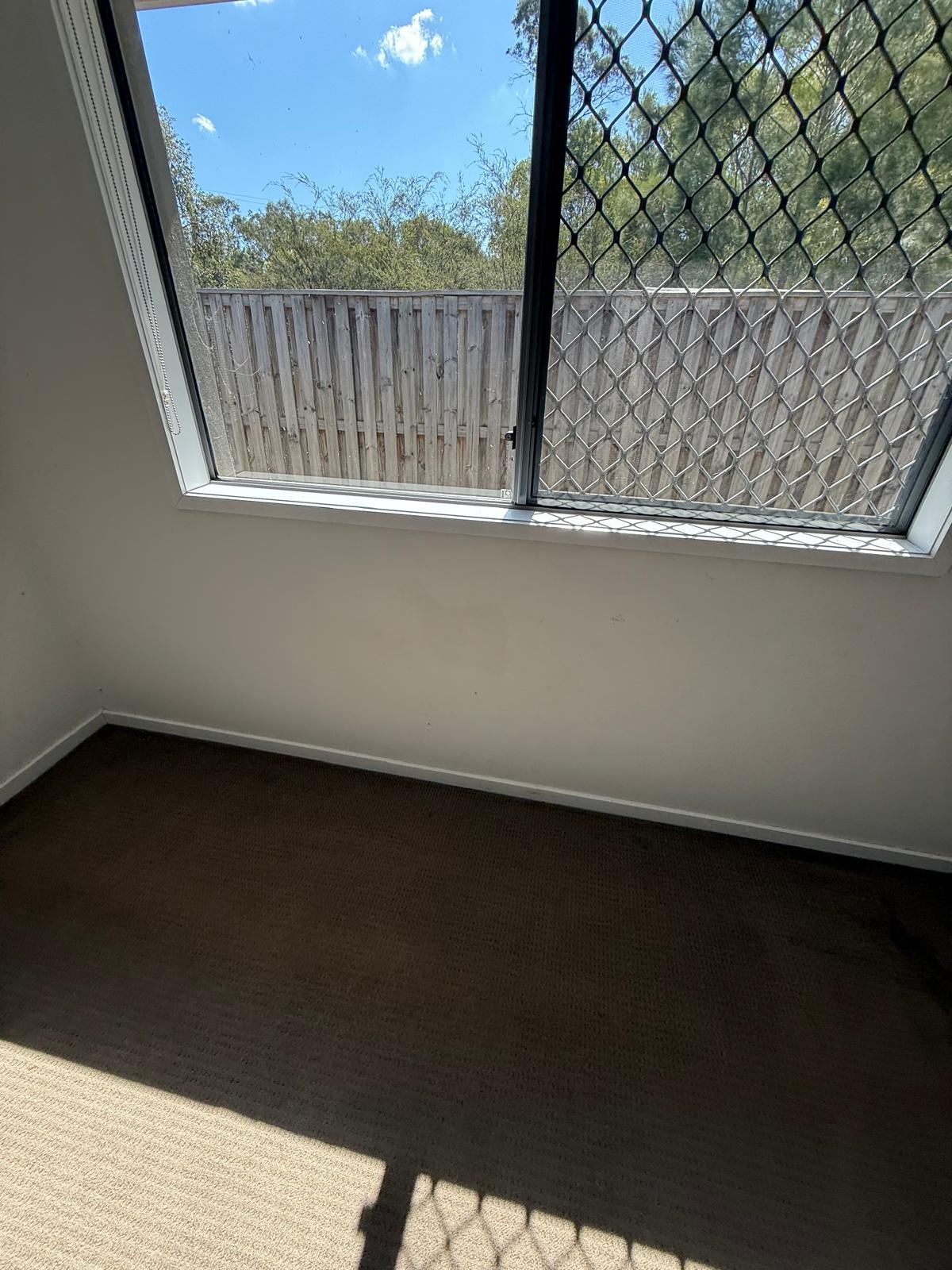Going “green” shouldn’t feel like guesswork. Yet social posts and old wives’ tales keep spreading half-truths about eco cleaning. Here’s a clear, no-nonsense guide that busts the most common myths—plus simple swaps you can trust in real homes and busy workplaces.
Myth #1: “Natural cleaners are too weak to work.”
Truth: Cleaning and disinfecting are different jobs.
-
Cleaning lifts soil and grease (think: castile soap + microfibre).
-
Disinfecting reduces germs after you’ve cleaned (e.g., 3% hydrogen peroxide on non-porous surfaces—spot test first).
Do this instead: Match the task to the product. For everyday floors and benchtops, a mild soap solution plus a clean pad is both effective and low-tox.
Myth #2: “Vinegar works everywhere.”
Truth: Vinegar is acidic. It’s fine on ceramic/porcelain tile and vinyl, but it can etch natural stone (marble, travertine, limestone) and dull waxed/oil-finished wood.
Do this instead: Use pH-neutral solutions on stone and sealed wood. Save vinegar for glass, tile splashbacks, and deodorising laundry loads.
Myth #3: “If it smells strong, it must be clean.”
Truth: A heavy scent is not a hygiene certificate. Many fragrances add VOCs that irritate lungs—especially for kids, pets, and allergy sufferers.
Do this instead: Prioritise good technique (dwell time, agitation, rinse, dry) over perfume. Fresh air and dry surfaces beat any “spring rain” aroma.
Myth #4: “DIY = always safer.”
Truth: Home recipes can be brilliant—or a hazard. Mixing bleach with vinegar or ammonia creates dangerous gases. Some “miracle” pastes scratch delicate finishes.
Do this instead: Keep it simple (castile soap, baking soda, 3% peroxide). Label bottles. Never mix unknowns. Always spot test.
Myth #5: “Microfibre is just a fad.”
Truth: Quality microfibre grabs and locks soil using split fibres—so you use less chemical and water. The result? Fewer streaks, faster drying, and cleaner surfaces.
Do this instead: Choose tight-weave pads, wash them hot (no softeners), and colour-code for hygiene.
Myth #6: “Green cleaning costs more.”
Truth: Most eco routines reduce spend: bulk basics, reusable pads, and right-sized dosing. The big savings come from prevention (entry mats, regular dusting) and correct dwell times.
Myth #7: “Steam solves everything.”
Truth: Steam is powerful but not universal. It can damage wood finishes, push moisture into laminate seams, and crack some tiles/grout lines under thermal shock.
Do this instead: Use steam only on manufacturer-approved surfaces and keep the head moving.
Myth #8: “Disinfect daily—everywhere.”
Truth: Over-sanitising wastes time and can increase surface residue. Most areas need routine cleaning, with targeted disinfection for high-touch points (taps, handles, devices) and during illness.
Myth #9: “Streaks mean you need stronger chemicals.”
Truth: Streaks often come from dirty pads or too much product, not weak chemistry. Hard water also leaves spots.
Do this instead: Use distilled/filtered water for glass and glossy floors; wring pads thoroughly; buff dry.
Myth #10: “Eco = slow.”
Truth: Green methods are usually faster once you set up a system—clear zones, right tools, labelled bottles, and a weekly rhythm. The win is consistency, not brute force.
Quick cheat sheet: what actually works
-
Floors: pH-neutral soap + microfibre; avoid acids on stone and oil/wax finishes.
-
Kitchens: Degrease first (warm soapy water), then spot disinfect food-contact areas.
-
Bathrooms: Baking soda for soap scum, peroxide for grout stains (tile only), good ventilation to prevent mould.
-
Glass/steel: Vinegar + water, lint-free cloth; finish with a dry buff.
Internal resources you’ll find helpful
-
For guaranteed move-out results: Bond / End of Lease Cleaning
-
Add-on after a deep clean: Carpet Cleaning
-
Offices, venues, strata: Commercial Cleaning
-
Post-build dust and fine film: Construction Cleaning
-
See what we cover in detail: End of Lease Cleaning Checklist
-
Check if we service your address: Service Areas
-
Ready to compare options or book: Request a Quote
FAQs (SEO-friendly)
Is green cleaning the same as hypoallergenic cleaning?
Not always. “Green” focuses on low-tox and environmental impact; “hypoallergenic” reduces common irritants. You can (and should) aim for both.
Can I replace all-purpose spray with soap + water?
For most day-to-day cleaning, yes—then disinfect selectively when needed.
Are essential oils disinfectants?
They add scent; they’re not registered disinfectants. Use them sparingly and avoid citrus on stone.


 Blog
Blog